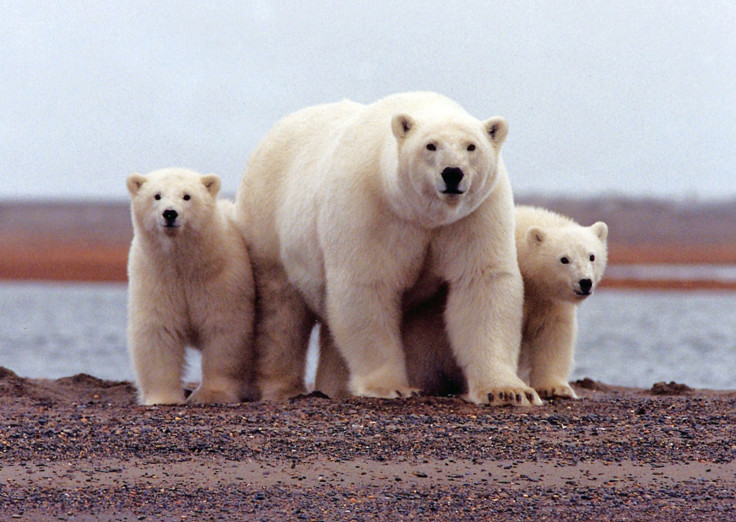Global warming leads to hybrids driving species loss

Organisms are liberally exchanging genes with other species to create hybrid species, thanks to global warming. In the process, many species are dying out.
Interbreeding is a natural process and even modern humans are the product of such genetic exchange with the Neanderthals.
But climate change is accelerating the trend by changing the landscape, warn researchers. The changing habitats are bringing together species that never interbred before.
Grizzly bears and polar bears are mating to form the "pizzly" or "grolar" bear. So also the golden-winged warblers and blue-winged warblers, the trouts and other species.
"Genetic exchange due to organisms coming together from climate change is the rule rather than the exception," Michael Arnold, a professor of genetics at the University of Georgia, told Climatewire.
The hybrid species is often posing a threat to the original ones.
As rainbow trout interbreed with dwindling cutthroat trout populations, the survival of cutthroat trout is at risk.
The hybrids are less genetically fit, a study by researchers from the US Geological Survey had found.
Lots of species are being genetically swamped out by other, commoner ones, said Stuart Pimm, a professor of conservation ecology at Duke University.
According to his research, human-led rate of species extinction is 1,000 times faster than the rate at which animals would go extinct naturally.
Genetic diversity
Hybridisation can lead to reduced genetic diversity in animals, according to David Tallmon, an associate professor of biology at the University of Alaska.
However some biologists believe that hybridisation is natural and can increase genetic diversity.
An example of the natural process is how members of the Heliconius butterfly genus in the Amazon bred with other species to develop the distinctive colours that warn the birds away.
Biodiversity loss is not driven by genetic exchange as it is by altering the landscape, these scientists say. That is where the human hand is clearly indicated.
A Nature report had noted that thousands of species are disappearing each year and if the trend continues, it could lead to a mass extinction, defined as a loss of 75% of species by 2200.
The IUCN too has been warning that human activities are sending a third of known species to the brink of extinction.
Uncontrolled exploitation has rendered many marine species extinct while poaching and habitat loss is affecting large mammals like the elephant.
© Copyright IBTimes 2025. All rights reserved.





















